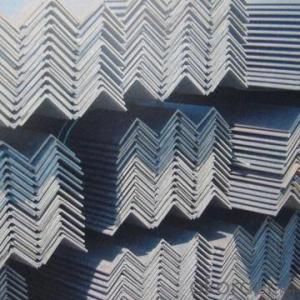Packaging & Delivery
| Packaging Details: | suitable for export with hooks for easy unloading of material with bundle weight |
|---|---|
| Delivery Detail: | 20days after deposit |
OKorder Service Pledge
OKorder Financial Service
You Might Also Like
Standard:GB, JIS
Dimensions:45mm to 200mm
Grade:SS400-SS540 Series
Model Number:45mm to 200mm
Type:Equal
Application:for construction
| Packaging Details: | suitable for export with hooks for easy unloading of material with bundle weight |
|---|---|
| Delivery Detail: | 20days after deposit |
construction material angle iron equal angle steel
1.size: 45--200mm
2.material: SS400,Q235
3.length:6m,9m,12m
4.payment:T/T or Sight L/C

1. Manufacturer Overview |
|
|---|---|
| Location | |
| Year Established | |
| Annual Output Value | |
| Main Markets | |
| Company Certifications | |
2. Manufacturer Certificates |
|
|---|---|
| a) Certification Name | |
| Range | |
| Reference | |
| Validity Period | |
3. Manufacturer Capability |
|
|---|---|
| a)Trade Capacity | |
| Nearest Port | |
| Export Percentage | |
| No.of Employees in Trade Department | |
| Language Spoken: | |
| b)Factory Information | |
| Factory Size: | |
| No. of Production Lines | |
| Contract Manufacturing | |
| Product Price Range | |
Send your message to us
OKorder Service Pledge
OKorder Financial Service
Similar products
New products
Hot products
Related keywords